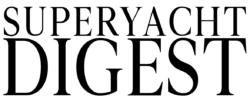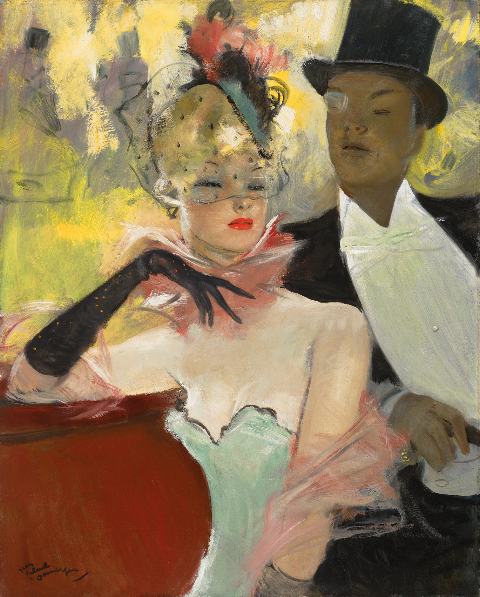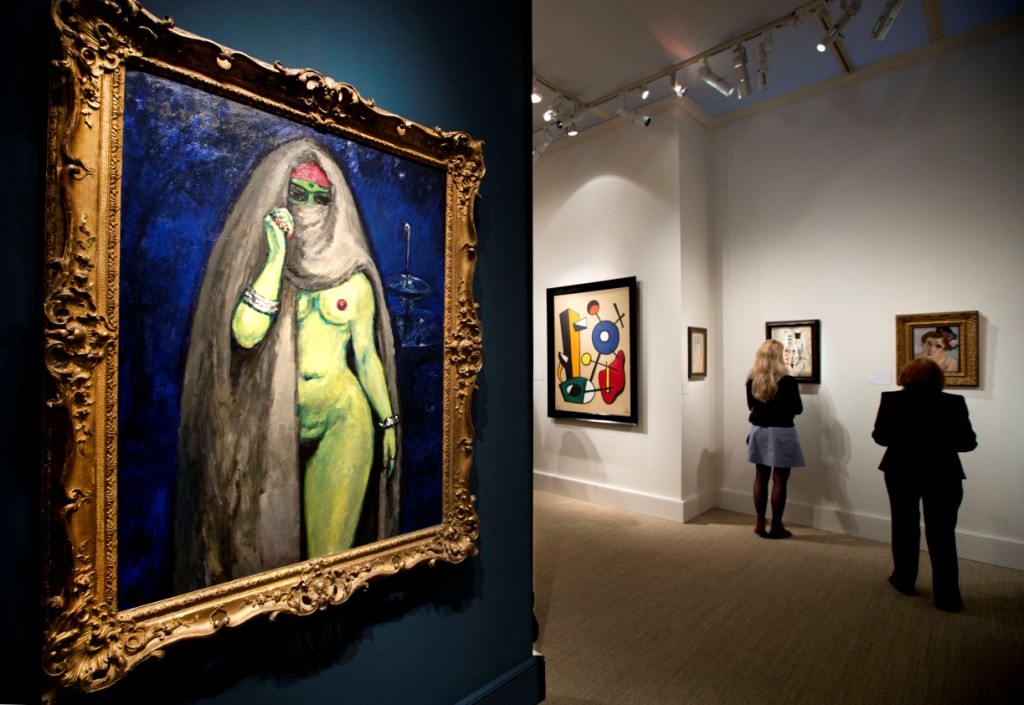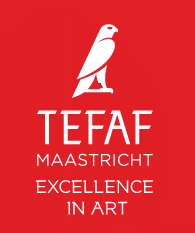 [dropcap]T[/dropcap]his year’s TEFAF Art Market Report shows that in 2014 the global art market reached its highest ever-recorded level, a total of just over €51 billion worldwide, a 7% year-on-year increase taking it above the 2007 pre-recession level of €48 billion. The TEFAF Art Market Report 2015 is a wide ranging report that examines the global art market in 2014 but also looks at individual sectors within the market, changing patterns of global wealth and art collecting, the growth of art fairs and online sales and finally the economic impact of the art market.
[dropcap]T[/dropcap]his year’s TEFAF Art Market Report shows that in 2014 the global art market reached its highest ever-recorded level, a total of just over €51 billion worldwide, a 7% year-on-year increase taking it above the 2007 pre-recession level of €48 billion. The TEFAF Art Market Report 2015 is a wide ranging report that examines the global art market in 2014 but also looks at individual sectors within the market, changing patterns of global wealth and art collecting, the growth of art fairs and online sales and finally the economic impact of the art market.
The report was commissioned by The European Fine Art Foundation, organisers of The European Fine Art Fair (TEFAF), which opens to the public on Friday 13th March and continues until 22nd March at the MECC in Maastricht, The Netherlands. Dr. Clare McAndrew, a cultural economist specialising in the fine and decorative art market and founder of Art Economics, has researched and written the report. Representing the best that is currently available for sale from 7,000 years of art history, TEFAF Maastricht is the world’s leading event of its kind, renowned for its commitment to excellence, expertise and elegance.
The global art market was dominated by the three major art markets of the US (39%), China (22%) and the UK (22%) in 2014. The volume of sales also grew by 6% to 39 million but the number of transactions was still less than at the peak of the market in 2007. The UK Art market grew 17% in 2014 after years of stagnant growth but with a current market value of €11.2 billion it is still less than its peak in 2008. The UK’s strong performance in 2014 had an impact on the overall performance of Europe in the global arena. The US and the UK between them accounted for 62% of all world imports of art and antiques in 2013 underlining their continuing importance as entrepot markets for the art trade.
Commenting on the report, Dr. Clare McAndrew said, “The art market reached its highest ever record level of sales with continuing strength in Modern and Post War and Contemporary art. It continues to be a highly polarised market, with a relatively small number of artists, buyers and sellers accounting for a large share of value. However, a promising trend counteracting this to some extent is the growth in online sales, which has encouraged a greater volume of sales in lower priced segments”.
In 2014, Post War and Contemporary art (defined as artists born after 1910) continued to dominate the art market (48% of all fine art auction sales) with sales of Modern art (defined as artists born between 1875 and 1910) accounting for 28% of the global fine art auction market. The US remains the key centre of sales of Post War and Contemporary Art with a 46% share of the global market by value, whereas the market in Modern Art is shared almost equally by China (30.6%) and the US (30.5%). Old Master sales accounted for 8% of the fine art auction market with the UK, a key global centre for the trade in Old Master paintings, having over 50% of the market share by value. Total global sales of Chinese decorative art and antiques reached €1.6 billion in 2014, falling by 2% year-on-year. China’s global share of this market was 82% by value.
At the end of 2013, the population of HNWIs (defined as individuals with investable wealth greater than $1 million) was approximately 13.7 million, advancing 15% year-on-year while their wealth grew 14% to $53 trillion. The most popular investment for HNWIs in 2014 was jewellery, gems and watches with a 29% allocation. Antiques and collectibles was the second most popular segment worldwide (21%) and art was ranked the third with a stable 17% share. 70% of all dealer sales in 2014 were to private collectors.
There were at least 180 major art fairs with an international element in 2014. The US had the greatest share of fairs with 39%, Europe accounted for 38% and Asia 12%. Over a million visitors were generated by the top 22 fairs and sales at art fairs reached an estimated €9.8 billion although this underestimates their impact because many sales take place after the event as a result of dealers following-up new contacts. Dealers spent an estimated €2.3 billion attending art fairs in 2014.
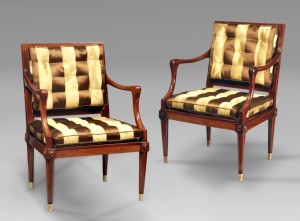 The growth of companies in the online art space has been one of the most visible and widely discussed trends in the art market over the past decade. The internet has revolutionised communications in the art sector. In particular the e-commerce of art objects has also gained significant momentum, creating increased convenience, efficiency and accessibility for both buyers and sellers, with much greater speed of transactions and wider global reach. Online sales of art and antiques were conservatively estimated to have reached €3.3 billion or around 6% of all sales by value, with the majority of sales being made in the range of $1,000 – $50,000. The highest ranking art specific sites in 2014 were Art.com, Artspace.com and Gagosian.com.
The growth of companies in the online art space has been one of the most visible and widely discussed trends in the art market over the past decade. The internet has revolutionised communications in the art sector. In particular the e-commerce of art objects has also gained significant momentum, creating increased convenience, efficiency and accessibility for both buyers and sellers, with much greater speed of transactions and wider global reach. Online sales of art and antiques were conservatively estimated to have reached €3.3 billion or around 6% of all sales by value, with the majority of sales being made in the range of $1,000 – $50,000. The highest ranking art specific sites in 2014 were Art.com, Artspace.com and Gagosian.com.
The impact that the art market has on the global economy is significant in proportion to its revenues. Art markets around the world make an important contribution to employment, the nurturing of specialist skills and the support of adjacent industries. It is estimated that 2.8 million people are employed globally by around 300,000 companies trading in art and antiques. The global art trade spent €12.9 billion on a range of external support services directly linked to their businesses in 2014.
Key findings of the 2015 Art Market Report are:
- The global art market reached a total of just over €51 billion in 2014, an increase of 7% year on year and its highest ever recorded level.
- The volume of sales also grew by 6% to 39 million but the number of transactions was still less than at the peak of the market in 2007.
- The distribution of sales by value in the global art market was dominated by the three major art markets of the US (39%), China (22%) and the UK (22%).
- About 1530 lots for over €1 million were sold at auction in 2014 (including 96 for over €10 million) a rise of nearly 17% in number from 2013. These lots together represented 48% of the value of the fine art auction market but only 0.5% of the number of transactions.
- The dealer sector (including dealer and gallery sales and private sales within the art trade) was estimated to account for around 52% of the global art and antiques market by value or some €26.4 billion in 2014.
- In 2013 world imports of art and antiques reached a total of €19.3 billion, a 10% increase year-on-year and the highest total historically recorded. The US and UK accounted for a combined 62% of all world imports of art and antiques.
- World exports also grew 10% year-on-year and reached an historical peak of €19.8 billion in 2013. Again the US and the UK together accounted for the majority of the value of art experts with a combined share of 60%.
- In 2014 Post War and Contemporary was the largest sector of the fine art market, representing 48% of all fine art sale by value. Auction sales of Post War and Contemporary art reached €5.9 billion, an increase of 19% year-on-year and its highest recorded level.
- The US was the key centre for sales of Post War and Contemporary art with a share of 46% of the market by value.
- Sales of Modern art were the second largest accounting for 28% of the global fine art auction market with auction sales of €3.3 billion.
- In 2014, there were at least 180 major art fairs with an international element, covering fine and decorative art.
- Sales made at art fairs accounted for a reported 40% of all dealer sales in 2014 or an estimated €9.8 billion, the second largest sales channel after in-gallery transactions.
- In 2014 sales of art online were estimated conservatively to have reached €3.3 billion or around 6% of global art and antiques sales by value.
- The middle-market has been the focal point for online selling with the majority of sales taking place between about $1,000 and $50,000.
- The Art market in 2014 was made up of some 309,000 companies around the world most of them small businesses, employing an estimated 2.8 million people.
- The global art trade spent €12.9 billion on a range of external support services directly lnked to their businesses in 2014. These expenditures were estimated to support at least 315,745 further jobs.
- Art fairs were again the second largest item of expenditure at €2.3 billion or 19% of the total despite only being incurred by dealers.
[divider style=”dashed” top=”20″ bottom=”20″]
